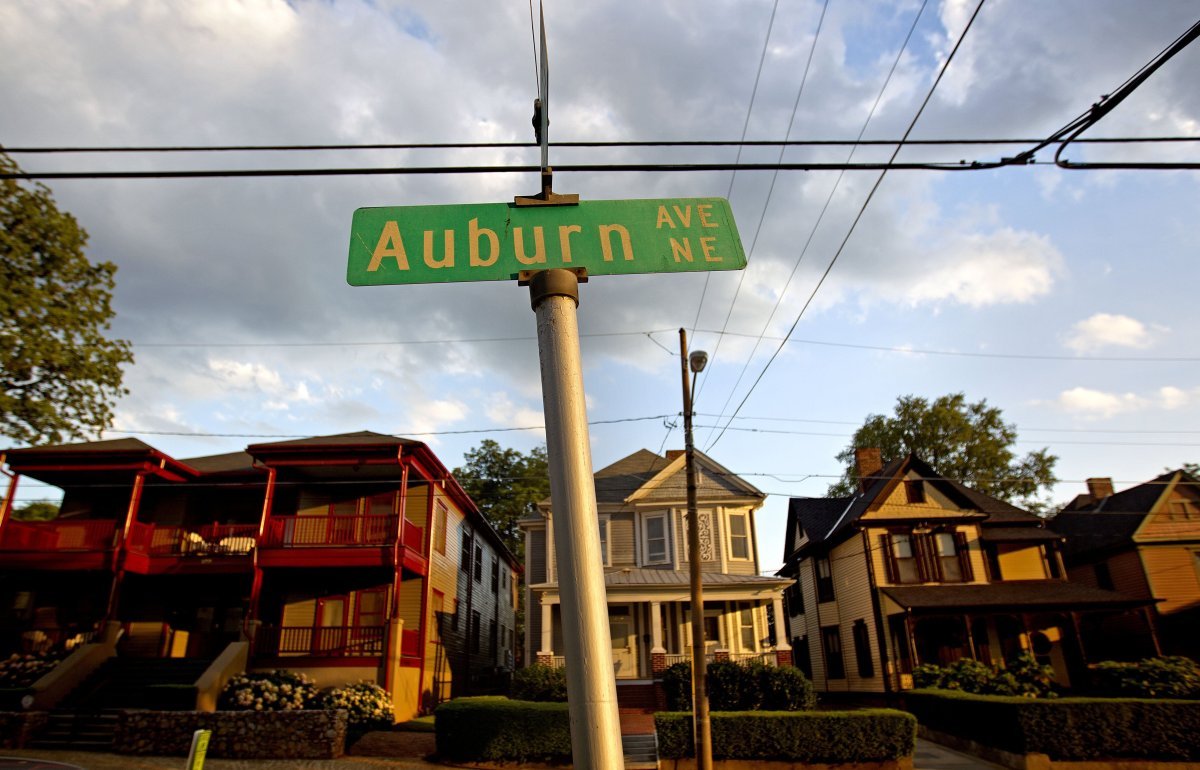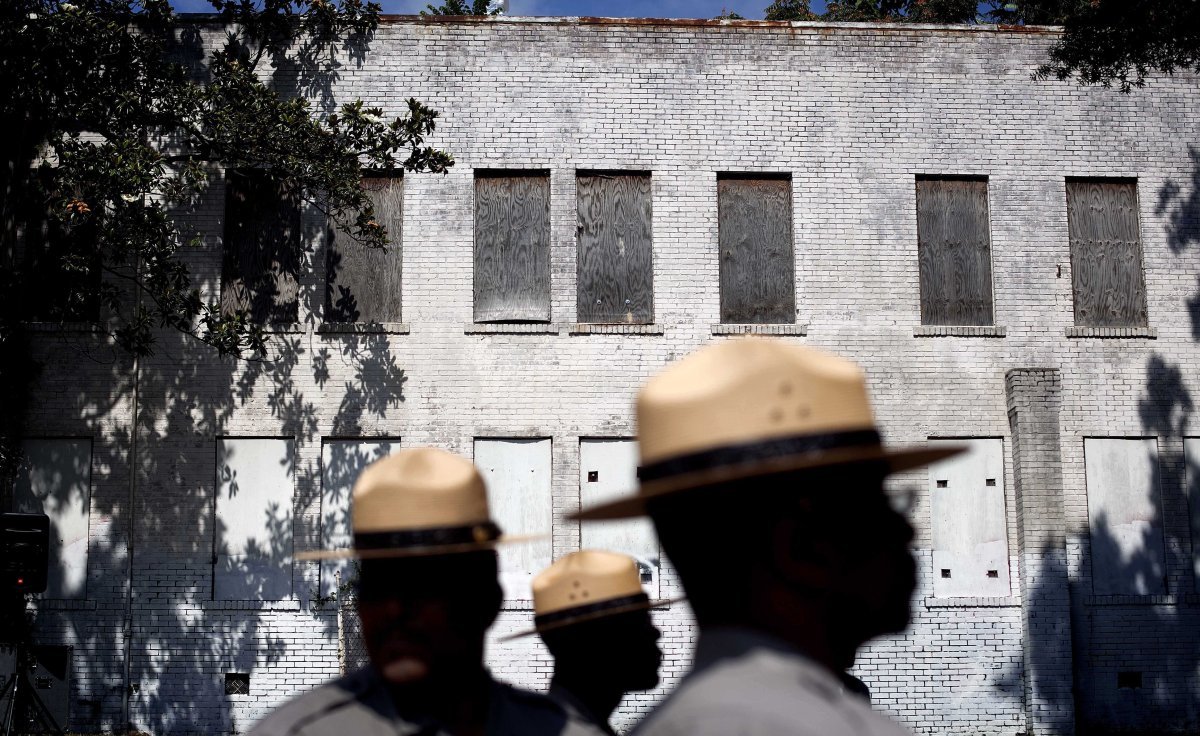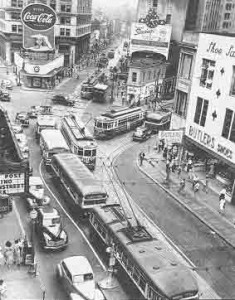“Park History.” Centennial Olympic Park. Georgia World Congress Center, n.d. Web. 24 Mar. 2016.
This website was made by the Georgia World Congress Center who has operational responsibility over Centennial Olympic Park. I chose this source because I believed it would be most informative accurate about Centennial Olympic Park. This source is about the history of the park. Centennial Olympic Park opened in 1996. In 1987, Billy Payne, the CEO of the Atlanta Committee for Olympic Games, proposed the idea of having the Olympic Games in the city of Atlanta. He sought out and captured the support of many city leaders in Atlanta, including Mayor Andrew Young. With a little help from the mayor he convinced the International Olympics Committee to let Atlanta host the next Olympic Games, Atlanta was surprisingly chosen in September 1990. Billy Payne looked out his office window which had a view of the “eyesore”, as described by Payne himself of a space that is now the park and it sparked an idea to create something great! Just as he got people on his side for support in getting Atlanta selected for the Olympics, he used that same energy to get private support as well as support from the public to build what is a beautiful symbol of community effort. Centennial Olympic Park is a big tourist attraction in Atlanta and a great place to relax on a hot summer day. I conclude that Centennial is a mecca of social interaction. When visiting just the other day a friend and I sunbathed while relaxing, eating, listening to music and even little studying. I saw many children playing and people talking and walking with families and friends. In the article regarding the history of Centennial on their website, it describes how much of a community effort it was with selling bricks to put in the ground of the park, to charity donations and private donors. The park was done in time for the 1996 Olympics and was a welcoming place for all nations who attended the Olympics. This article states emotional appeals to community and togetherness, stating how many people of Georgia got involved in making this park come to life. Mentioning how the flags represent each country that attended the Olympics shows how the park was designed to welcome all people. This article is like some websites I’ve found in the fact that it’s a sponsored website so it has company bias most likely. However, it is unlike other articles that I’ve researched because it is most likely the closest accurate description of how Centennial Park came to be. Centennial went from a dump to a symbol of commercial development that is spreading over the downtown area especially.
)
(Children playing in the fountain and people socializing.)
Sams, Douglass, and Amy Wenk. “Post Proposed 400 Apartments by Centennial Olympic Park (SLIDESHOW) – Atlanta Business Chronicle. “Atlanta Business Chronicle. Atlanta Business Chronicle, 23 May 2014. Web 24 Mar. 2016.
In the Atlanta Business Chronicle, writers Douglas Sams and Amy Wenk talk about the new renovations to downtown being put into place in the following years to come. Pleased with the new urban look of Buckhead and Midtown, builders and property companies are looking to transform Atlanta’s downtown to the hip new urban look that is sweeping through our area. Apartments plans have been presented to the Development Review Committee and will soon be in the works of being built. The apartments will serve everyone; multifamily apartments and workforce apartments will be available as well. I believe this built environment that is growing in the heart of Atlanta is a solution to the dividedness we’ve had in the city in the past. Getting everyone together in places like downtown, Midtown, and Buckhead brings everyone in one common area where we can all live, shop an socialize together in the city. Centennial Park creating apartments for families that might work downtown and not want to commute to their job or maybe don’t have transportation. I chose this source based on its credibility, since it is a Business journal I assumed it to be accurate and without much bias. This source, like many of the other sources I’ve come in contact with is very credible and not just a blog post from a random internet user. Any weaknesses of this article would come from it being from a business perspective instead of an environmental, tourist, or even a local standpoint.

(Centennial Olympic Park)
“Atlanta Walking Tour: Centennial Olympic Park – National Geographic’s Ultimate City Guides.” National Geographic. Web 25 Mar. 2016.
This source written by the National Geographic Society describes Centennial Olympic park, tells why it was built, uncovers a microscopic view of its past and illustrates what the park has to offer. Centennial Olympic Park was built to welcome to host countries of the Olympic Games in 1996. Before it’s building, it was not a very safe place to be but today it serves as a tourist attraction to see history, artifacts, play, enjoy, and relax in the nice weather Atlanta sometimes has to offer. The park represents a gathering place for all in the city of Atlanta and even state of Georgia. The park is described as a legacy and honor by so many sources. This shows that Centennial is a park that is a symbol of a reminder that Atlanta once hosted the Olympic Games and welcomed everyone to our lovely city and continues to serve as a welcoming fore to every person in Atlanta. I believe all the sources that I have researched on Centennial Olympic Park describe it as one of the city’s greatest landmarks. I chose this article from the National Geographic because the National Geographic society studies landmarks and various spaces in the world. I believed it to be one of the most credible sources.

(Map of Park)





